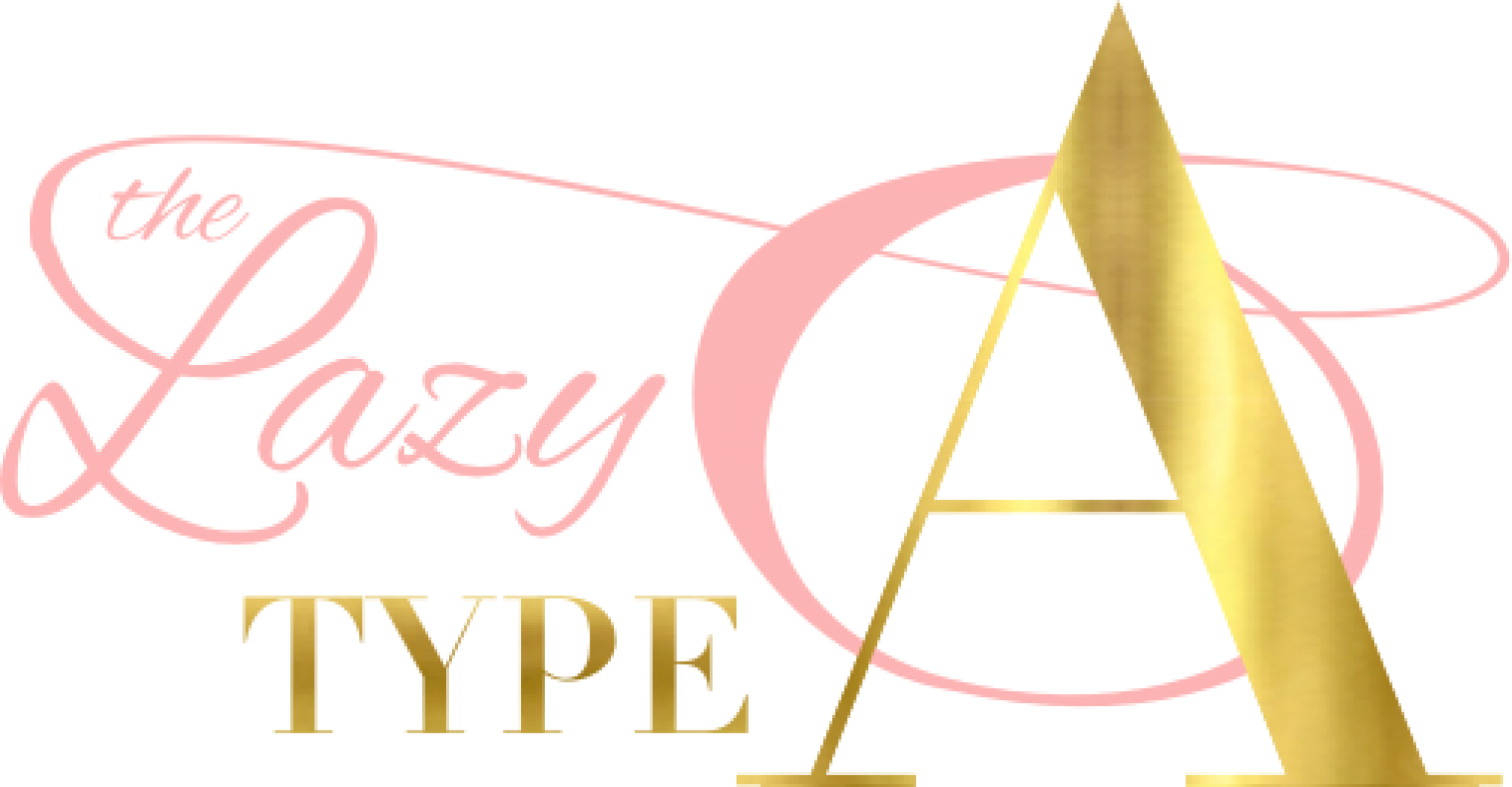
So first off, this article has nothing to do with excel, so if you were on board for that, sorry to disappoint. The macros I am referring to here are the holy trifecta of protein, carbs and fats that make up our calories, and what I will aim to cover in this post is how after years of failed dieting (I sound like an infomercial already) I finally realized the ‘how to get fit’ truth. And if eating 1200 calories a day while exercising daily for months to not see any progress is any indication, once it’s finally revealed, the truth does hurt. So let me prevent you from spinning your diet wheels by telling you what actually works.
Long story short – counting macros works. If you’ve been told your whole life to ‘eat less and move more’ there’s really more to the story, and unfortunately the whole story is actually in the details. Yes, eating less works, but ‘less’ is not an arbitrary amount and is very specific to each individual. Yes, moving more works, but the type of movement you do matters and overdoing it with exercise can actually yield diminishing returns. Generally speaking, eating 15 -20% below the number of calories your body burns every day (which is different for everyone and depends on a lot of factors), and focusing more on strength training (and minimizing, or rather, optimizing cardio) will get you results.
The problem is many people tend to eat way fewer calories than they need to function optimally and end up sabotaging themselves in the process. Our bodies are smarter than us, and through several hundreds of years of evolution have evolved to hold onto fat for dear life. When we eat an arbitrarily low amount of calories, like 1200 for example, and then exercise on top of that, we are can create a caloric deficit which is too big and actually puts our bodies into a type of shock that messes with our hormones (ever heard of starvation mode?) and encourages our body to hold onto fat. When we eat in a deficit that ensures we get adequate nutrition, our bodies chill out, realize we’re not actually in danger of dying and start burning through fat slowly. That’s a pretty rational response right? Told you our bodies know what’s up.
I may not be a professional but I’ve personally tested many different diet and fitness options and learned a lot through trial and error. You can, and likely will lose weight and get in shape with any type of program or diet plan, but the problem tends to be sustainability. Because most of these programs are extreme, in the sense that they’re not something you would regularly do, after you reach your goal, you tend to fall back into old habits and lose all your progress. Without sounding like a cliché, the key is really a lifestyle change or shift that you carry on for the rest of your life. I’ve found that counting macros or flexible dieting is something that is sustainable.
Flexible dieting is all about eating the right combination of carbs, protein and fats – that’s it. You can literally eat anything you want as long as it fits your macros – that’s where we get the phrase and the acronym IIFYM (If It Fits Your Macros). It allows for flexibility in life, allowing you to have a glass of wine or eat ice cream when you want as long as you work the rest of your day and meals around that. The philosophy is that the only thing you need to do to lose weight is eat less calories than you burn, and while quality of calories are surely important, the more important thing is to eat within your range. Do this and you will lose weight. (Please note, that it’s common sense to eat healthy to ensure you get proper fuel and nutrition to your body. You can lose weight just eating twinkies, but it’s not advised).
I’m still a beginner at this, but I will share with you my tips on how to get started with flexible dieting. This is a journey you’ll have to go through on your own and tweak until you find an optimal plan for you in terms of what to eat and how to exercise to reach your goals.
Step 1. Figure out your TDEE. Your TDEE, not your BMR, is the magic number you need to know in order to understand how many calories your body burns in total. TDEE is defined as Total Daily Energy Expenditure. This is the amount calories your body burns in a 24 hour period, sleeping, working, exercising, playing and even digesting food. You can find out your TDEE through various calculators. The best one I’ve found (and overall great resource for information is IIFYM.com). Find out what it is, then eat 15-20% less everyday while staying within 5g of your macros.
- Pro tip #1: I would recommend getting a professional blueprint made for you – I did this and my TDEE and macros were different than the calculator and this is because your personal coach will use many other factors to get your TDEE more accurate. I use my blueprint calories and macros.
- Pro tip #2: You will be alarmed at how high your actual calories are for the day and/or your macros. Everyone goes through this. Just try it out for two weeks, see how your body reacts and then adjust if needed based on the instructions.
Step 2. Start tracking your macros. Once you know your TDEE and macros, use an app to input your daily goals and start tracking your food every day to stay on track. I personally use MyFitnesspal and plan my meals a couple days in advance. Play around to see what you can/cannot eat and how everything works together.
Step 2. Food prep like a boss. Food is fuel – the sooner you acknowledge this and move on the better. It will also help reconcile the fact that you’ll often (especially in the beginning) be eating really weird food combinations to get all your macros in. Yesterday, I sprinkled protein powder on my sweet potato mash because I was down 10 grams of protein at my last meal for the day. You do what you gotta do! #judgmentfreezone
- Pro tip #1: If you can generally stick to this type of eating, meal planning on flexible dieting should be fairly easy: breakfast – eggs and egg whites and/or oatmeal and a piece of fruit. Lunch and dinner: 3 to 4 ounces of protein, a fat, carb (sweet potato, rice) and green vegetable. Snack: protein shack with almond milk, fruit and spinach and/or greek yogurt and/or a piece of cheese and fruit. This is the template for which I plan my meals and it works pretty well. You can obviously adjust based on preference.
- Pro tip #2: Pick a day and prep your food for the week. What works well for my household is prepping sides like greens and carbs on Sunday and then cooking the protein fresh during the week. I usually just do a big portion of sweet potato mash and steamed broccoli, rapini, green beans, etc. as well as boil eggs and make a couple of chicken breasts for lunches. I also make about 3 or 4 protein shakes ahead of time.
Step 3. Work in the right type of exercise. I used to work out about 6 times a week of intense cardio and weight training. I have since lowered the intensity and focused on weight training and toning above all else. I also try and do more HIIT (High Intensity Interval Training) style workouts and intervals to maximize time and calories burned.
Step 4. Tweak when needed. Some people actually gain weight at the beginning of starting a flexible eating plan because of the increase in carbs. If after two weeks, you still haven’t lost weight, consult your blueprint for instruction – typically it will require you to drop either 10-20 grams of carbs or fats. It might take a bit to find your groove, but it’s a great, sustainable long term plan for weight management.
Stay happy and healthy!
xo
Irene
